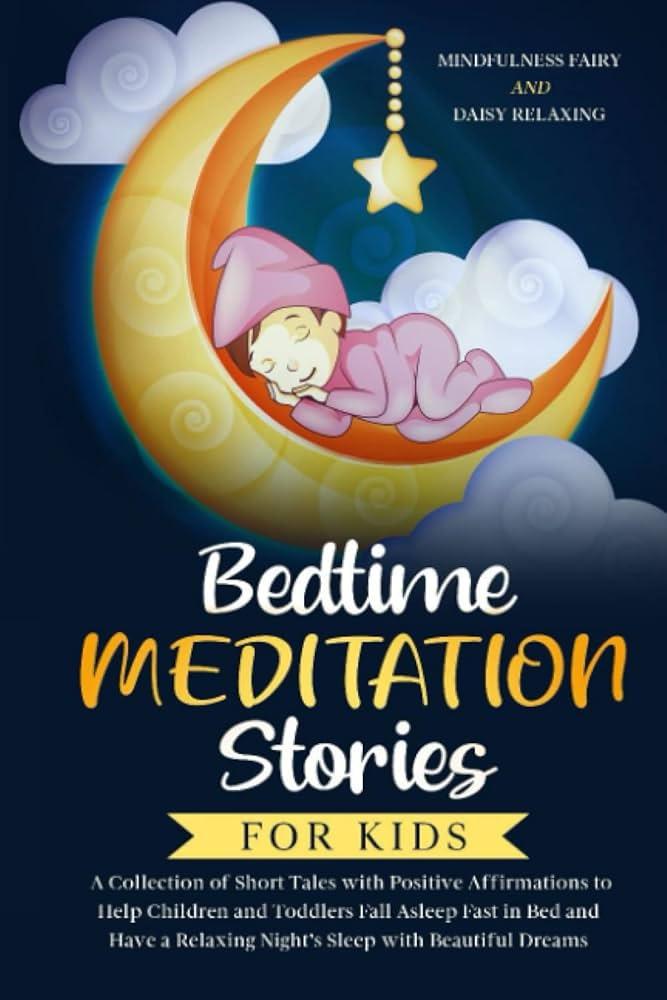In the tranquil corners of our bustling world, meditation has emerged as a sanctuary—a promise of peace amidst chaos, a balm for the weary soul. Its rise in popularity is nothing short of meteoric, with narratives extolling its virtues echoing through wellness blogs, self-help books, and social media feeds. Yet, as with any powerful narrative, there lies the potential for embellishment. Are these tales of transformation rooted in reality, or do they sometimes veer into the realm of myth? In this exploration, we delve into the heart of meditation’s portrayal, seeking to unravel whether the stories we tell about its healing power illuminate or obscure the truth. By sifting through scientific findings, personal testimonies, and cultural narratives, we aim to discern the fine line between inspiration and misinformation, inviting readers to ponder the true nature of meditation’s role in healing.
Exploring the Allure of Meditation Narratives
The narratives surrounding meditation often paint it as a panacea, a magical cure for a myriad of ailments ranging from anxiety to chronic pain. These stories, while compelling, can sometimes oversimplify the nuanced relationship between meditation and healing. Meditation is indeed powerful, but the allure of its narratives can sometimes lead to misconceptions. Here are a few points to consider:
- Individual Variation: Not everyone experiences the same benefits from meditation. While some may find profound relief, others may see little to no change.
- Complementary, Not Curing: Meditation should be viewed as a complementary practice rather than a standalone cure. It often works best in conjunction with other treatments and lifestyle changes.
- Time and Commitment: The benefits of meditation typically require consistent practice over time. Quick fixes are rare, and narratives that suggest otherwise can be misleading.
- Contextual Understanding: The effectiveness of meditation can depend heavily on the context, including the individual’s mental and physical state, and the type of meditation practiced.
By examining these factors, one can appreciate the true value of meditation without falling prey to overly idealistic narratives. It is essential to approach meditation with an informed perspective, recognizing both its potential and its limitations.

Unpacking the Evidence Behind Healing Claims
In the age of digital storytelling, the narratives surrounding meditation and its purported healing powers have captured the imagination of many. Yet, while these stories can be inspiring, it’s crucial to sift through the anecdotal layers and examine the empirical evidence supporting these claims. Scientific studies on meditation have shown some promising results, but the conclusions often emphasize moderation over miracle. For instance, research indicates that regular meditation may help reduce stress and improve mental clarity, but the evidence linking it to significant physical healing is less robust.
To navigate this landscape, consider the following aspects when evaluating meditation’s healing narratives:
- Source Credibility: Assess whether the claims are supported by peer-reviewed studies or if they rely on personal testimonials.
- Scope of Benefits: Understand that meditation might offer psychological and emotional benefits rather than direct physical healing.
- Duration and Consistency: Recognize that most benefits observed in studies require regular and sustained practice over time.
By approaching meditation with a balanced perspective, individuals can appreciate its benefits without falling prey to exaggerated claims.

The Role of Storytelling in Shaping Perceptions
In our quest for tranquility and healing, meditation narratives often become a beacon of hope, guiding individuals through the labyrinth of life’s challenges. These narratives, rich in metaphor and imagery, craft a tapestry of potential transformation. Yet, their compelling nature can sometimes blur the lines between anecdotal experiences and universal truths. As stories of miraculous recoveries and profound inner peace circulate, it’s essential to discern between personal anecdotes and scientifically backed evidence.
- Emotional Resonance: Stories have a unique ability to resonate emotionally, creating a sense of connection and understanding. This can lead individuals to perceive meditation as a one-size-fits-all solution.
- Selective Storytelling: Often, narratives highlight extraordinary outcomes, overshadowing the incremental and subtle benefits of meditation. This can set unrealistic expectations for those seeking healing.
- Cultural Context: The cultural backdrop of these stories can shape perceptions, sometimes elevating meditation to a mystical status rather than a practical practice.
While meditation indeed offers numerous benefits, it’s crucial to approach its narratives with a balanced perspective, appreciating their inspirational value while remaining grounded in reality.

Guidelines for a Balanced Approach to Meditation Practices
To cultivate a harmonious meditation practice, it is essential to navigate the narratives surrounding its healing capabilities with discernment. Balance is the cornerstone of a successful practice. Here are some guidelines to ensure that meditation becomes a beneficial part of your life:
- Start Small: Begin with short, manageable sessions. Overextending can lead to frustration and disillusionment.
- Be Skeptical of Absolutes: Recognize that meditation is not a cure-all. It should complement, not replace, other aspects of a holistic health approach.
- Focus on Process, Not Outcomes: Instead of fixating on achieving a specific state of mind, immerse yourself in the practice itself.
- Personalize Your Practice: Tailor your meditation to fit your unique needs and lifestyle. This might mean exploring different techniques or settings.
- Seek Guidance When Needed: Consult with experienced practitioners or teachers to deepen your understanding and address challenges.
By adopting these guidelines, you can create a meditation practice that is both sustainable and enriching, steering clear of misleading narratives while embracing the true essence of mindfulness.
In Summary
In the intricate dance between mind and narrative, the story of meditation’s healing power unfolds with both grace and caution. As we traverse the landscape of ancient wisdom and modern skepticism, we find ourselves at a crossroads where belief meets evidence, and where personal experience intertwines with scientific inquiry. Meditation, with its quiet promise of inner peace, invites us to explore the vast terrain of our consciousness, yet it also challenges us to discern the boundaries between potential and exaggeration.
As we close this exploration, let us carry forward a balanced perspective, one that honors both the transformative potential of meditation and the necessity for critical examination. In this delicate balance, we may find not only clarity but also a deeper understanding of what it means to heal. So, whether you are a seasoned meditator or a curious newcomer, may your journey be guided by both open-hearted exploration and thoughtful discernment. The narrative of meditation continues to evolve, and with it, our understanding of the mind’s true capacity for healing.
